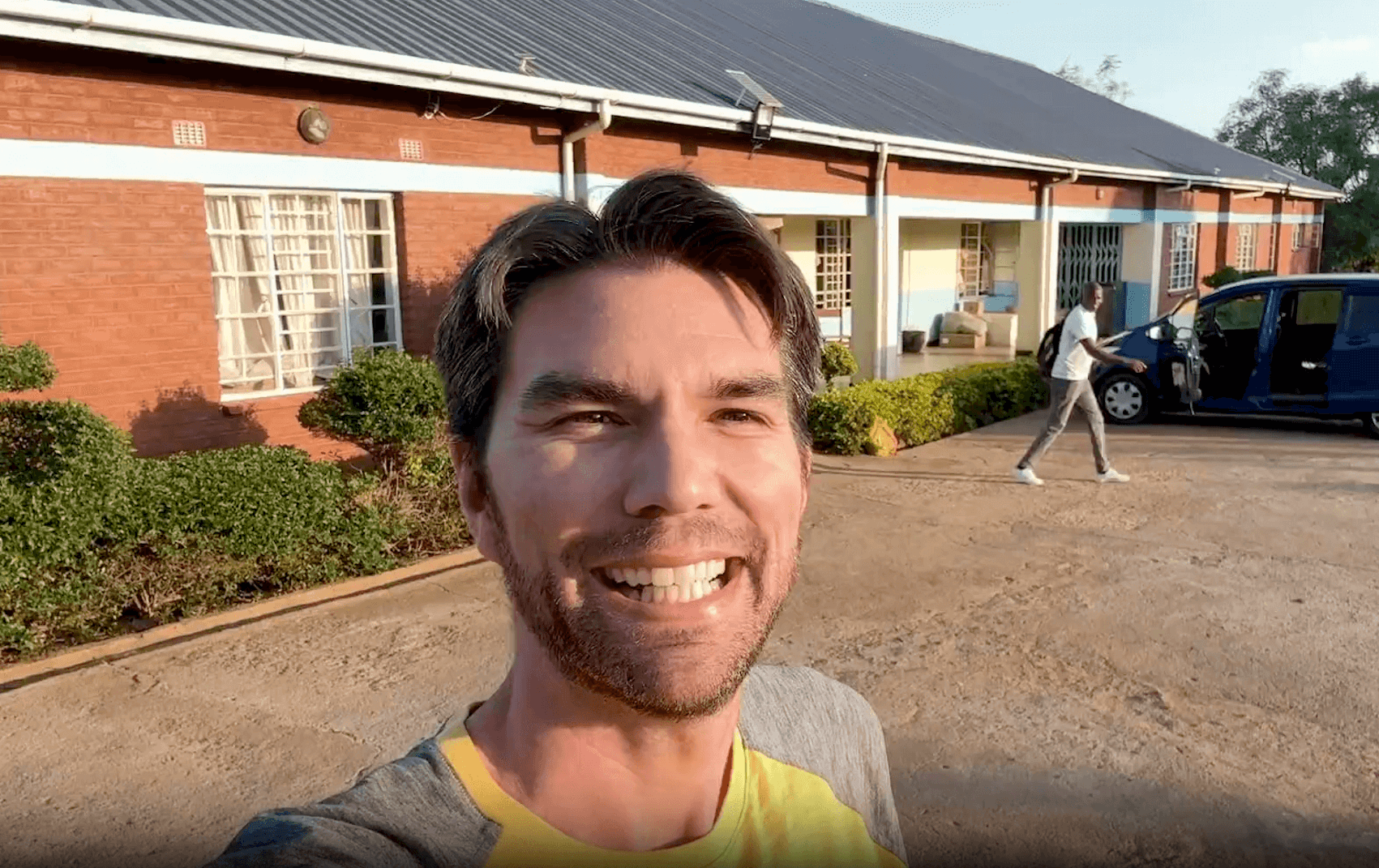Development, Dignity, and DonorSee: How They DO Go Together
Est. Reading Time: 1 Minute

DonorSee projects seem to have two competing aspects: showing the need of a recipient, and portraying recipients with dignity. This is because DonorSee projects can be broadly split into two categories - relief projects and development projects - and dignity is not mutually exclusive to either. As Partners, you have a responsibility to steward the stories you are privileged to tell, so here are strategies for how to approach each:
Relief Projects
Relief projects are meant to give a recipient immediate alleviation for a terrible circumstance. They are often life-and-death cases: providing treatment for a malnourished child, supporting a surgery, or helping victims of a disaster. These needs are urgent, short-term, and there are consequences if the needs are not met. Showing need in this case is not manipulative or shameful because its purpose is to save someone's life or get them out of a desperate situation. The most dignifying thing that can be done is to tell their stories to save their lives. Tell their story with urgency, because not doing so results in suffering.

Development Projects
Development projects are meant to lift up a recipient and help them live a better life. These projects are sustainable, long-term, and empowering, and include projects like scholarships and education assistance, small business support, and entrepreneurship opportunities. Stories of life-change and success are the focus here. Tell their story - or let them tell their own story. Share their hopes and dreams and the future they want to create because of a donor's involvement. You are cheering them on and encouraging their transformation, but they are the stars here. Telling a development story with relief language is shameful and belittling to the recipient, and manipulative to the donor.

Choose your style - or maybe your work involves some of both - but always portray the recipient in a dignifying way according to the need.
For more information about this topic, as well as other categories of nonprofit action and how to handle them, click here.




